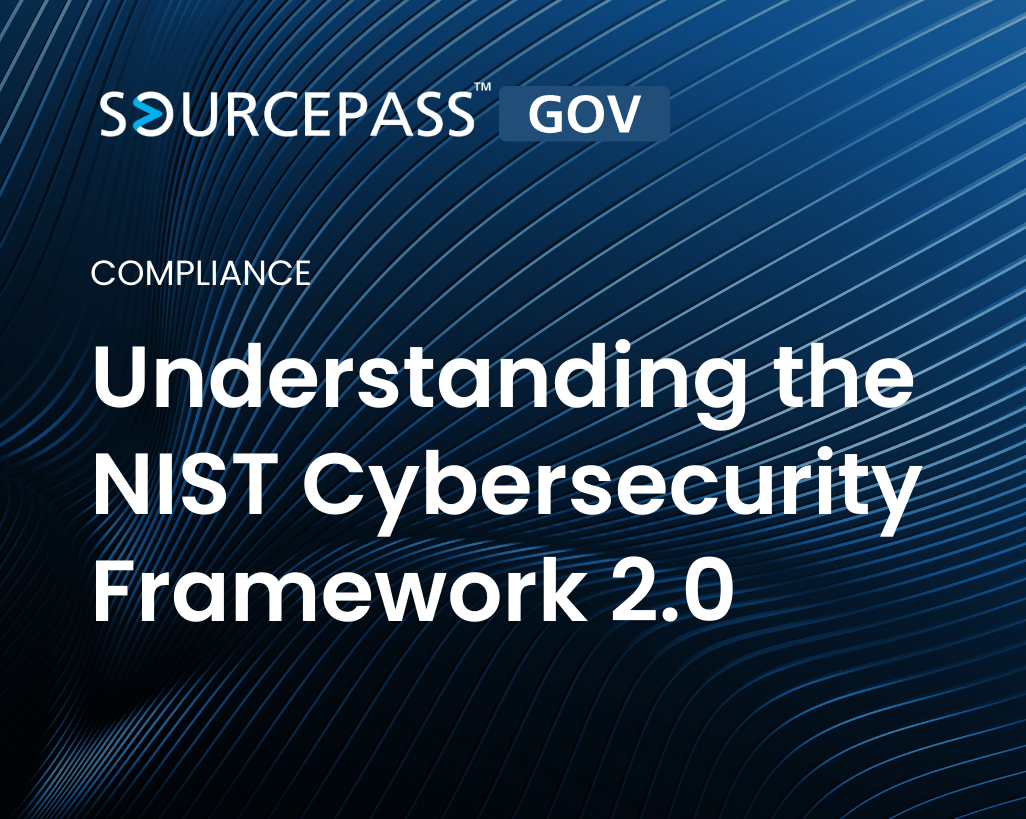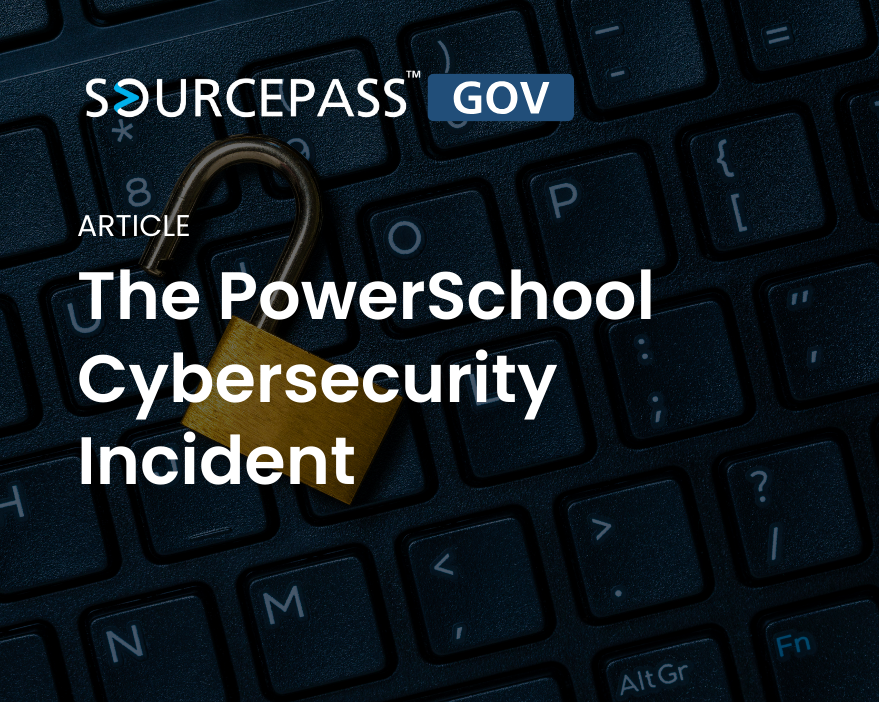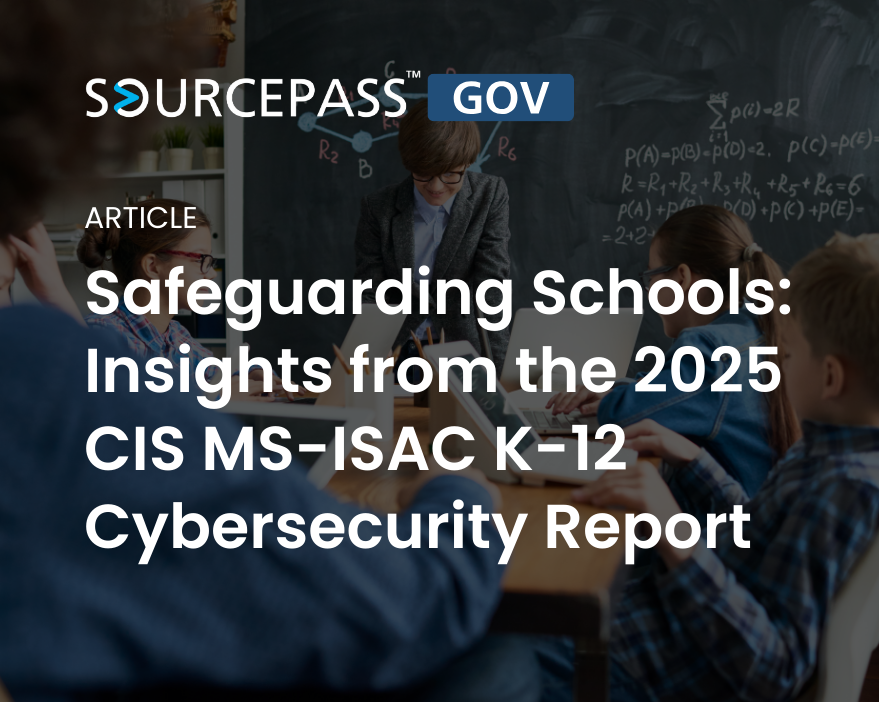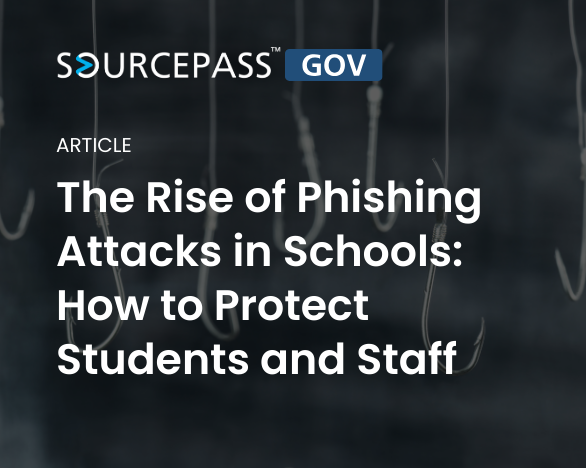3 min read
Top 10 Priorities for State Chief Information Officers
More than halfway through 2025, state Chief Information Officers (CIOs) continue to navigate a dynamic landscape of technological advancements and...

The National Institute of Technology (NIST) Cybersecurity Framework (CSF) 2.0 provides a comprehensive guide to help industry, government agencies, and other organizations manage cybersecurity risks effectively. This blog explores NIST CSF 2.0 and why it is so important.
The NIST CSF 2.0 is a set of guidelines designed to help organizations understand, assess, prioritize, and communicate their cybersecurity efforts. It offers a taxonomy of high-level cybersecurity outcomes that can be applied by any organization, regardless of its size, sector, or maturity.
The CSF 2.0 does not dictate how these outcomes should be achieved. Instead, it links to online resources that provide additional guidance on practices and controls that can be used to meet these outcomes.
The NIST framework is structured around three main components: Core Functions, Framework Categories, and Framework Subcategories.
The framework identifies five core functions that are essential to effective cybersecurity risk management:
Each core function is further divided into categories that provide more specific cybersecurity objectives and activities. These categories help organizations focus their efforts and resources on addressing key cybersecurity priorities within each core function.
The categories are further broken down into subcategories, which represent specific tasks, controls, or measures that organizations can implement to achieve the objectives outlined in the framework categories. The subcategories provide detailed guidance on the actions and controls needed to address cybersecurity risks effectively.
The NIST framework emphasizes the importance of risk management, collaboration, and continuous improvement in cybersecurity.
It encourages organizations to assess their current cybersecurity posture, identify gaps and areas for improvement, prioritize cybersecurity investments based on risk, and implement measures to enhance their overall cybersecurity resilience.
By adopting the NIST CSF 2.0, organizations can better understand their cybersecurity risks and take proactive steps to mitigate them. This not only helps protect their digital assets but also builds trust with customers, partners, and stakeholders.
Sourcepass GOV provides Security Advisory Services for government entities that can help provide support and guidance for your compliance needs.
Speak to one of our IT specialists to learn how Sourcepass GOV can help with regulatory adherence.

3 min read
More than halfway through 2025, state Chief Information Officers (CIOs) continue to navigate a dynamic landscape of technological advancements and...

2 min read
Protecting student data is a top priority for school districts. New York's Education Law §2-d, enacted during the 2014-2015 fiscal year, sets forth...

3 min read
Ransomware attacks are a significant threat to state and local governments. These attacks can cripple essential services, compromise sensitive data,...

On December 28th, PowerSchool, a leading education technology software platform for North American schools, confirmed a cyberattack that resulted in...

In the "2025 CIS MS-ISAC K-12 Cybersecurity Report: Where Education Meets Community Resilience," the results from an analysis of more than 5,000 K-12...

Schools and educational institutions have become prime targets for phishing attacks. Cybercriminals are exploiting vulnerabilities in school...